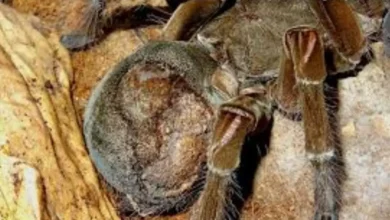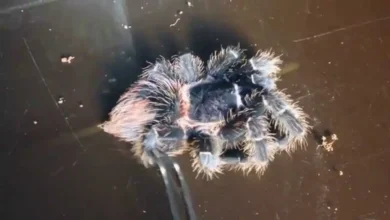Fungal Infections, Mites, and Hair Loss in Tarantulas
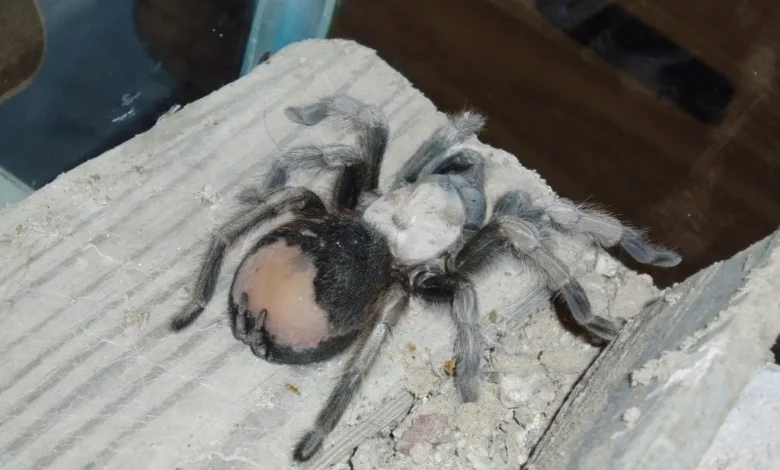
Prevention and Care
Maintaining the health of a tarantula requires understanding potential risks, including fungal infections, parasitic infestations, and hair loss. This article explores the causes, symptoms, and management strategies for these common conditions.
Fungal Infections (Mycosis)
Mycosis refers to a fungal infection caused by a combination of factors such as decaying food, darkness, excessive humidity, and poor ventilation. When these conditions persist in a terrarium, mold and fungus begin to grow on uneaten prey, substrate, and, in severe cases, on the tarantula itself.
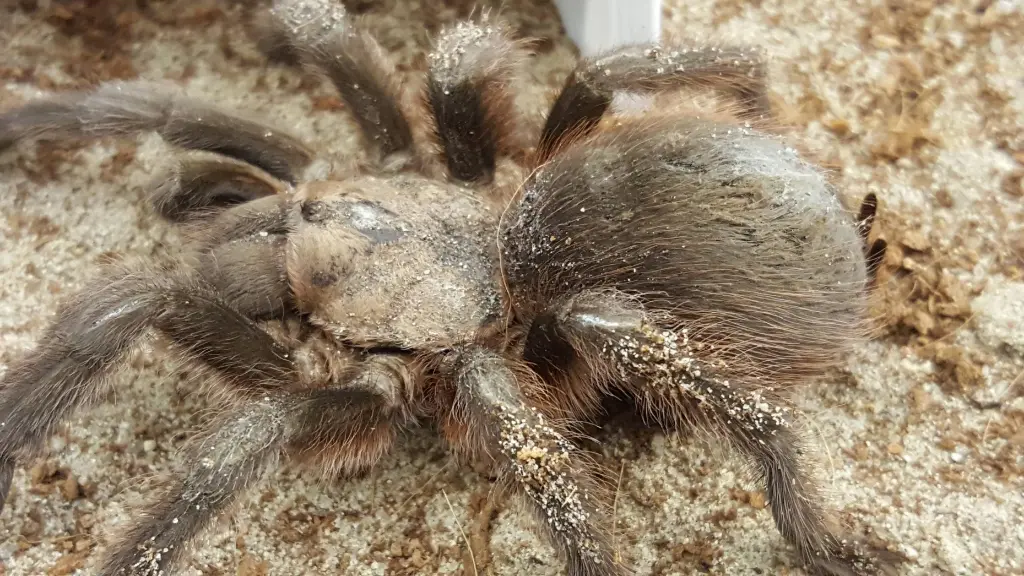
How to Recognize Mycosis
Fungal infections manifest as white, velvety patches on the tarantula’s body:
 Cómo Preparar un Terrario para tu Tarántula
Cómo Preparar un Terrario para tu Tarántula
- Leg Tips: White spots may form on the ends of the legs.
- Prosoma: Both the carapace and the sternum, including the joints (trochanters), can be affected.
- Abdomen and Lungs: These are the most critical areas to monitor, as infections targeting the lungs can be life-threatening.
Treatment for Mycosis
While there is no guaranteed cure, early intervention can slow the infection and give the tarantula’s immune system a chance to fight back.
- Topical Treatment: Apply a 10% iodine solution (e.g., Betadine) directly to the affected areas.
- Sterilization: Mix one tablespoon of iodine in one liter of water and spray the terrarium, substrate, and decorations thoroughly.
- Controlled Environment: Move the tarantula to a sterile enclosure for treatment to ensure optimal recovery conditions.
In extreme cases, where the infection is widespread, euthanasia in alcohol may be necessary. However, some alternative treatments using antifungal creams have been reported anecdotally.
Parasitic Infestations
Tarantulas can occasionally fall victim to parasitism by wasps or other insects, particularly if they are wild-caught specimens or housed in areas where these parasites are native.
 Cómo Alimentar a tu Tarántula
Cómo Alimentar a tu Tarántula
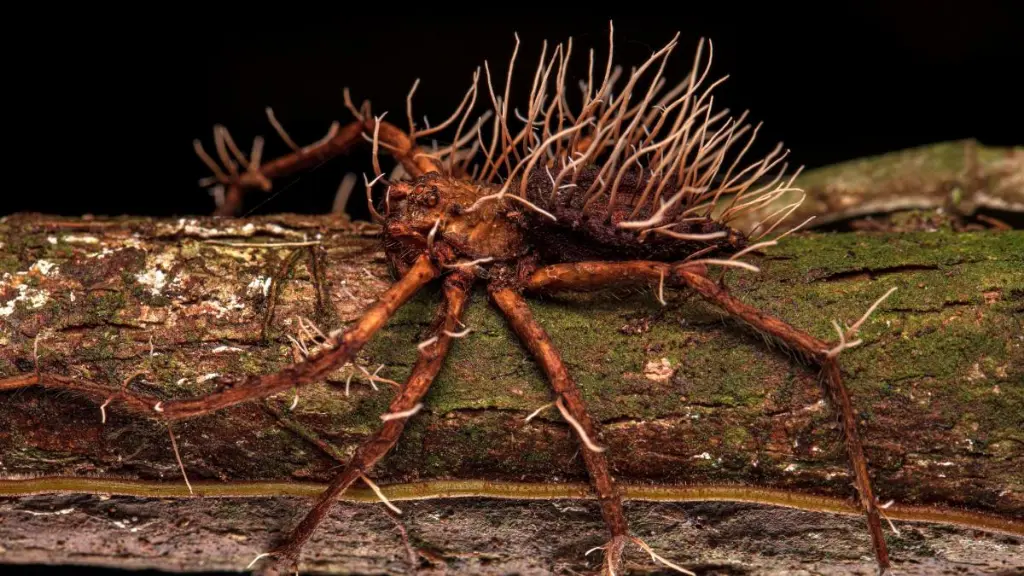
Symptoms and Outcome
Unfortunately, parasitism often goes undetected until it is too late. Parasites slowly consume the tarantula from the inside out, leaving little opportunity for intervention. A parasitized tarantula has no known cure and is inevitably doomed.
Hair Loss (Balding)
Hair loss in tarantulas, especially on the abdomen, is a natural phenomenon and not typically a sign of illness. Tarantulas may lose hairs for several reasons:
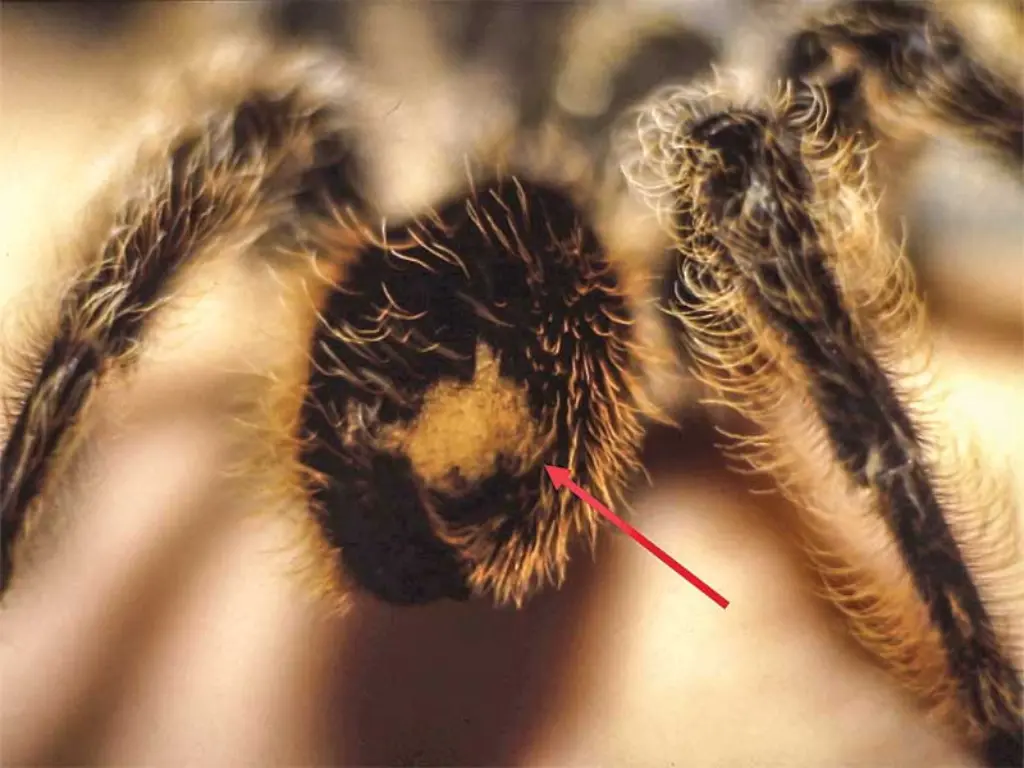
- Defense Mechanism: Tarantulas use urticating hairs as a defense strategy, resulting in bald patches.
- Abrasion: Persistent rubbing against terrarium elements may wear away hair on the abdomen, legs, or other parts.
- Male Behavior: Adult males often show signs of hair loss due to their active search for mates.
- Small Terrariums: In cramped enclosures, constant contact with surfaces can lead to hair loss on joints and limbs.
Hairless areas on the knees or prosoma may indicate the tarantula is trying to escape through small gaps or rubbing against certain surfaces repeatedly.
 Diferentes Tipos de Terrarios Adecuados para Tarántulas
Diferentes Tipos de Terrarios Adecuados para Tarántulas
Prevention and Best Practices
- Maintain Clean Terrariums: Remove uneaten prey and clean the substrate regularly to prevent mold and parasites.
- Optimize Environment: Ensure proper ventilation and moderate humidity to reduce fungal growth.
- Choose the Right Enclosure Size: Provide adequate space to prevent excessive friction or stress.
- Inspect Prey and Decor: Avoid introducing contaminated or unhygienic prey items, and regularly sterilize terrarium decorations.
By understanding these common issues and implementing preventative measures, you can ensure your tarantula remains healthy and thrives in its habitat. If symptoms of infection or unusual behavior arise, early intervention is key to improving outcomes.
